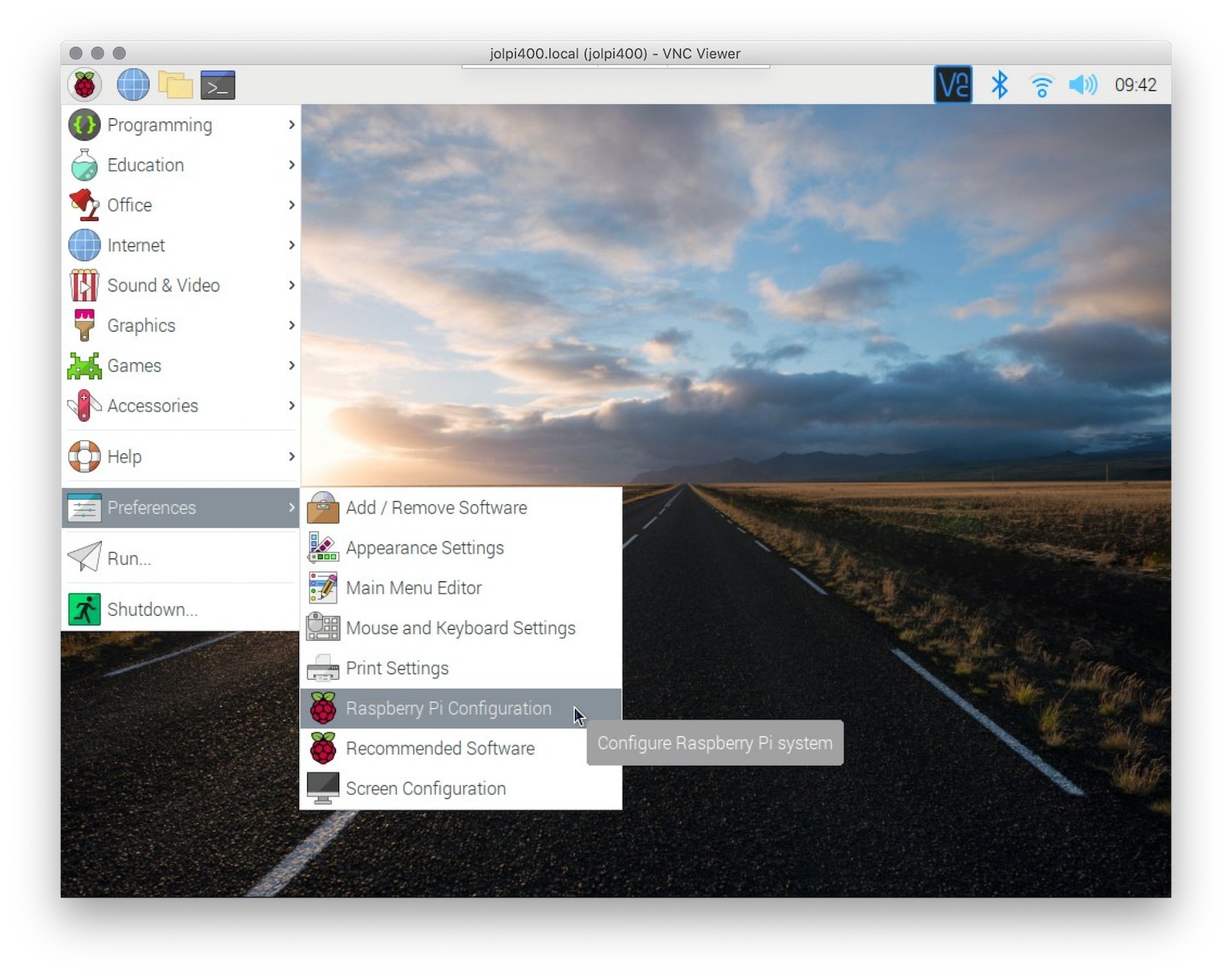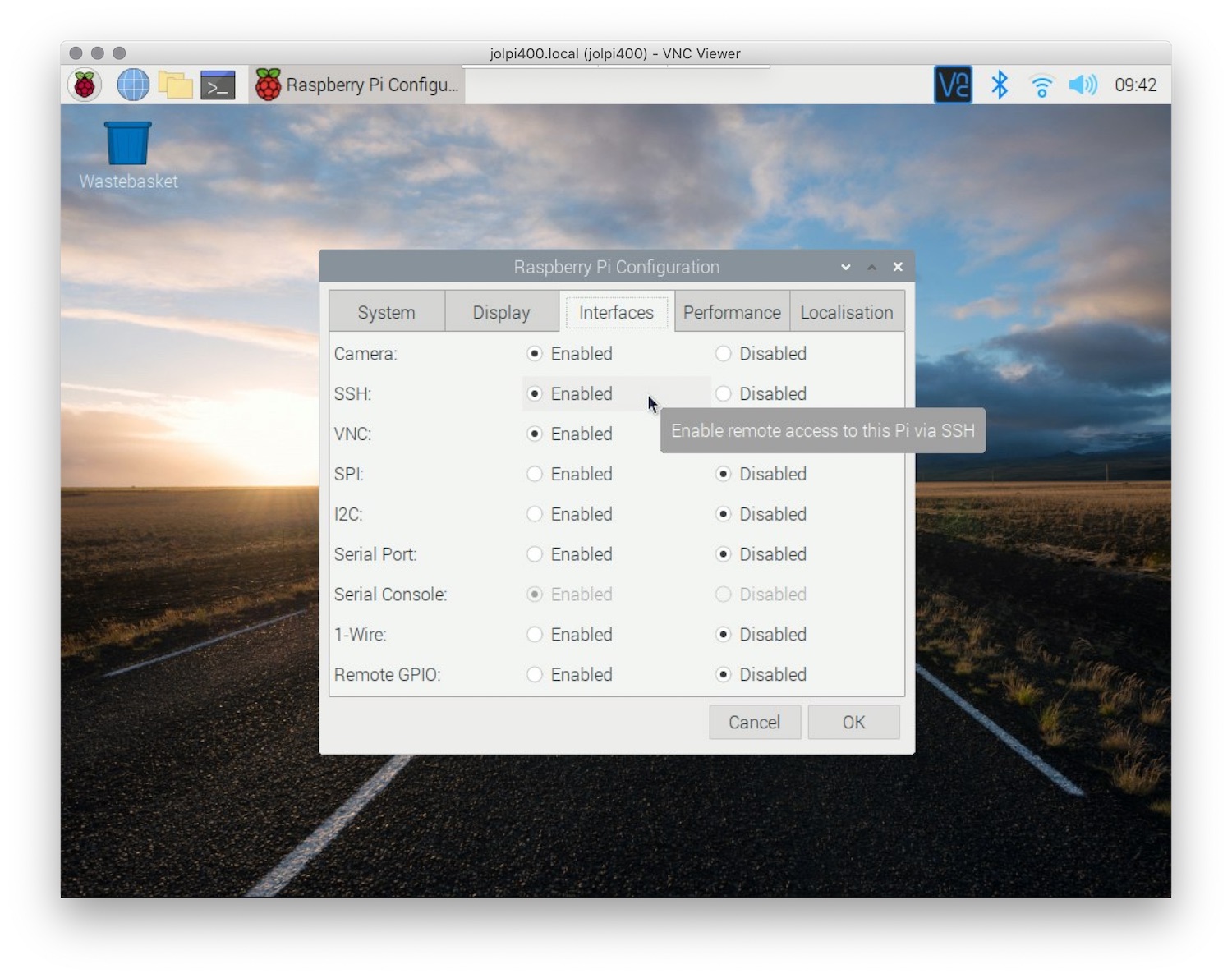SSH RemoteIoT Raspberry Pi Free Download: A Comprehensive Guide
Detail Author:
- Name : Ellen Hintz PhD
- Username : lemke.alvis
- Email : rkohler@ward.com
- Birthdate : 1984-01-11
- Address : 20445 Rau Pass Apt. 028 Mariomouth, DC 38436
- Phone : 1-331-688-2409
- Company : Walsh, Volkman and Walter
- Job : Sales Representative
- Bio : Commodi enim vel saepe dolores exercitationem id qui. Ex qui sint ipsam modi. Perferendis qui eum aliquam sed rerum.
Socials
facebook:
- url : https://facebook.com/ken_dev
- username : ken_dev
- bio : Alias quo officiis sunt voluptas quo inventore dolorem.
- followers : 602
- following : 1752
linkedin:
- url : https://linkedin.com/in/ken5349
- username : ken5349
- bio : Aut et a vitae ut culpa eveniet.
- followers : 3877
- following : 38
instagram:
- url : https://instagram.com/ken_jast
- username : ken_jast
- bio : Et voluptas possimus beatae. Blanditiis quis nihil perspiciatis non.
- followers : 2745
- following : 2149
twitter:
- url : https://twitter.com/ken2384
- username : ken2384
- bio : In et aliquam quia tenetur omnis vel qui accusamus. Velit vero consequatur sint hic deleniti libero et. Praesentium quos quo a culpa.
- followers : 1364
- following : 25
Are you looking to enhance your Raspberry Pi's remote management capabilities using SSH and RemoteIoT? You're in the right place! In today’s interconnected world, managing your devices remotely has become more critical than ever. With the help of SSH (Secure Shell) and RemoteIoT, you can securely access and control your Raspberry Pi from anywhere in the world. This article will guide you through the process of setting up SSH on your Raspberry Pi, integrating it with RemoteIoT, and downloading the necessary tools—all for free.
SSH is a powerful protocol that allows you to securely access your Raspberry Pi’s command line remotely. Combined with RemoteIoT, a cloud-based platform designed for managing IoT devices, you can unlock the full potential of your Raspberry Pi. Whether you’re a hobbyist, a developer, or an IoT enthusiast, this guide will provide you with all the information you need to get started. Let’s dive into the details and explore how you can optimize your Raspberry Pi setup.
In the following sections, we’ll cover everything from the basics of SSH to advanced configurations with RemoteIoT. You’ll learn how to download and install the necessary software, configure your Raspberry Pi for remote access, and troubleshoot common issues. By the end of this article, you’ll have a fully functional remote management system that ensures both security and efficiency. Let’s get started!
Table of Contents
Introduction to SSH and RemoteIoT
SSH, or Secure Shell, is a cryptographic network protocol used for secure communication between a client and a server. It is widely used for remote administration of devices like the Raspberry Pi. SSH encrypts all data transmitted between the client and server, ensuring that sensitive information, such as login credentials, remains protected from unauthorized access.
RemoteIoT, on the other hand, is a cloud-based platform designed to simplify the management of IoT devices. It provides a user-friendly interface for monitoring and controlling devices remotely. By integrating SSH with RemoteIoT, you can securely access your Raspberry Pi’s command line from anywhere in the world, making it an ideal solution for IoT projects.
Why Use SSH for Raspberry Pi?
Using SSH for Raspberry Pi offers several advantages:
- Security: SSH encrypts all communication, protecting your data from eavesdropping and man-in-the-middle attacks.
- Remote Access: You can manage your Raspberry Pi from any location, as long as you have an internet connection.
- Efficiency: SSH allows you to execute commands directly on the Raspberry Pi without needing a physical connection.
For developers and hobbyists, SSH is an essential tool for automating tasks, troubleshooting issues, and deploying updates remotely.
Setting Up SSH on Raspberry Pi
Setting up SSH on your Raspberry Pi is a straightforward process. Follow these steps to enable SSH:
- Open the Raspberry Pi terminal or connect via a monitor and keyboard.
- Type
sudo raspi-configand press Enter. - Navigate to Interfacing Options and select SSH.
- Choose Yes to enable SSH and exit the configuration tool.
Downloading RemoteIoT for Free
RemoteIoT offers a free tier that is perfect for small-scale projects. To download and install RemoteIoT:
- Visit the official RemoteIoT website and sign up for a free account.
- Download the RemoteIoT client software for Raspberry Pi.
- Install the software by following the provided instructions.
Integrating SSH with RemoteIoT
Once you’ve set up SSH and installed RemoteIoT, the next step is to integrate the two. This allows you to access your Raspberry Pi’s command line through the RemoteIoT platform. Follow these steps:
- Log in to your RemoteIoT dashboard.
- Add your Raspberry Pi as a new device.
- Configure the SSH settings in the RemoteIoT interface.
Step-by-Step Guide to Configure SSH
Step 1: Enable SSH on Raspberry Pi
To enable SSH, use the raspi-config tool as described earlier. Alternatively, you can create an empty file named ssh in the boot directory of your Raspberry Pi’s SD card.
Step 2: Connect to Raspberry Pi via SSH
Use an SSH client like PuTTY (Windows) or the terminal (macOS/Linux) to connect to your Raspberry Pi. Enter the IP address of your Raspberry Pi and log in with your credentials.
Benefits of Using RemoteIoT
RemoteIoT offers several benefits, including:
- Centralized device management.
- Real-time monitoring and alerts.
- Scalability for large IoT deployments.
Troubleshooting Common Issues
Here are some common issues you might encounter and how to resolve them:
- Connection Refused: Ensure SSH is enabled and the correct IP address is used.
- Authentication Failed: Double-check your username and password.
- Slow Performance: Optimize your network settings and reduce unnecessary processes.
Security Tips for SSH and RemoteIoT
To enhance security:
- Use strong, unique passwords.
- Enable two-factor authentication (2FA).
- Restrict SSH access to specific IP addresses.
Conclusion
In this article, we’ve explored how to set up SSH on your Raspberry Pi, integrate it with RemoteIoT, and download the necessary tools for free. By following the steps outlined above, you can securely manage your Raspberry Pi from anywhere in the world. Whether you’re working on a personal project or managing a large-scale IoT deployment, SSH and RemoteIoT provide the tools you need to succeed.
We hope you found this guide helpful! If you have any questions or need further assistance, feel free to leave a comment below. Don’t forget to share this article with others who might benefit from it, and explore our other guides for more tips and tutorials. Happy coding!

